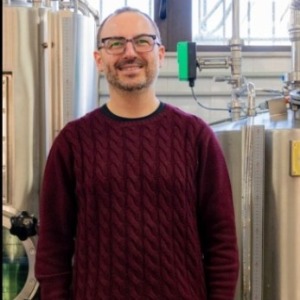8th Edition of Euro Global Conference on
Food Natural Preservatives
Natural preservatives are substances derived from natural sources such as plants, fruits, vegetables, herbs, spices, and microorganisms, used to inhibit microbial growth, oxidative rancidity, and enzymatic degradation in food products. These preservatives help extend the shelf life, maintain freshness, and ensure the safety of food without the need for synthetic additives. Common natural preservatives include antioxidants, antimicrobials, and antimycotics with proven efficacy and safety profiles. Examples include tocopherols (vitamin E), ascorbic acid (vitamin C), citric acid, rosemary extract, grape seed extract, green tea extract, garlic extract, oregano oil, cinnamon extract, and lactic acid bacteria. These natural preservatives act through various mechanisms such as scavenging free radicals, chelating metal ions, inhibiting microbial enzymes, disrupting cell membranes, and altering microbial metabolism. Natural preservatives are incorporated into food products in various forms, including extracts, oils, powders, and concentrates, to prevent spoilage and deterioration. They are used in a wide range of food applications, including meat, poultry, seafood, dairy products, bakery items, beverages, and snacks. Natural preservatives offer advantages such as label transparency, consumer acceptance, and perceived health benefits compared to synthetic preservatives. They are often used singly or in combination to achieve synergistic effects and enhance efficacy. However, challenges such as limited spectrum of activity, variability in efficacy, and sensory impact exist. Advances in extraction techniques, formulation strategies, and delivery systems aim to overcome these challenges and improve the performance of natural preservatives in food applications. Regulatory agencies regulate the use of natural preservatives in food products, setting maximum limits, purity criteria, and labeling requirements to ensure consumer safety and prevent adulteration. Natural preservatives are subject to rigorous safety assessment, including evaluation of toxicological data, exposure assessment, and risk analysis. Additionally, certification programs and quality standards provide guidance on the use of natural preservatives in food manufacturing.

Said Bouhallab
INRAE, France
Giovanni De Francesco
University of Perugia, Italy
Ombretta Marconi
University of Perugia, Italy
Alex Martynenko
Dalhousie University, Canada
Ana Isabel Najera
University of the Basque Country EHU, Spain
Marcin A Kurek
Warsaw University of Life Sciences, Poland


